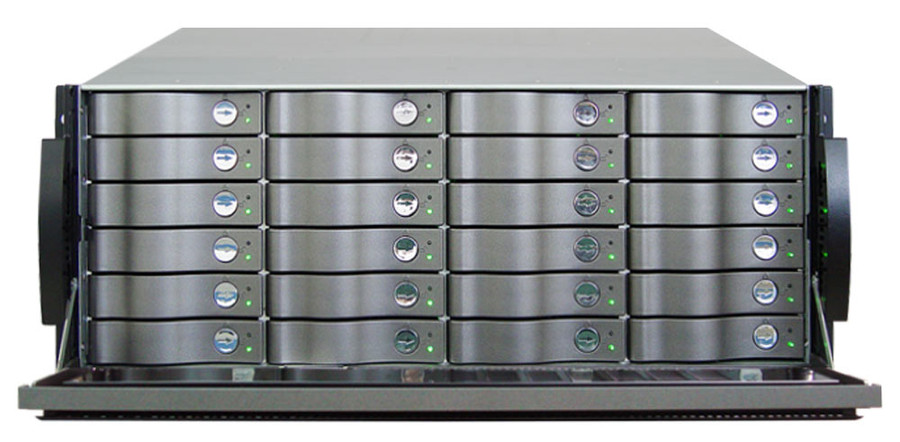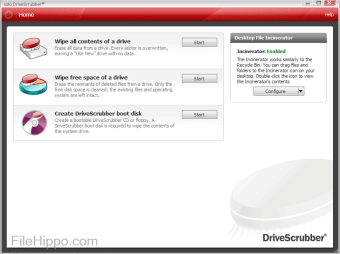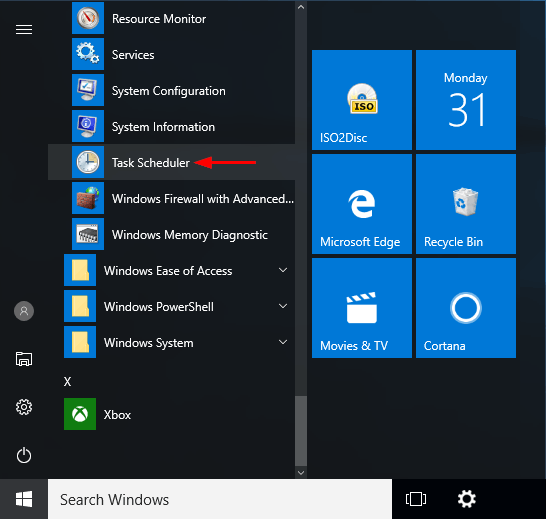Co-authoring a password-protected file. If you attempt to open a password-protected file that someone else is currently working on, you'll be able to open it, but you won't be able to edit it. You'll see the file in read-only mode. Add or remove protection in your document, workbook, or presentation. For example, you can password protect files, store password in a secure location using different apps, and so on. In case you want to encrypt your confidential files and folders on Mac, here are some simple apps to password protect file and folder on Mac OS X. Why do you need to password protect file or folder?
We design Mac hardware and software with advanced technologies that work together to run apps more securely, protect your data, and help keep you safe on the web. And with macOS Catalina available as a free upgrade, it’s easy to get the most secure version of macOS for your Mac.*
Apple T2 chip.
The next generation of security.
The Apple T2 Security Chip — included with many newer Mac models — keeps your Mac safer than ever. The Secure Enclave coprocessor in the Apple T2 chip provides the foundation for Touch ID, secure boot, and encrypted storage capabilities. Touch ID gives you a seamless way to use your fingerprint to unlock your Mac, fill passwords in Safari, and make purchases with Apple Pay. Secure boot helps ensure that you are running trusted operating system software from Apple, while the Apple T2 chip automatically encrypts the data on your Mac. So you can be confident knowing that security has been designed right into the architecture of your Mac, from the ground up.
Apple helps you keep your Mac secure with software updates.
The best way to keep your Mac secure is to run the latest software. When new updates are available, macOS sends you a notification — or you can opt in to have updates installed automatically when your Mac is not in use. macOS checks for new updates every day, so it’s easy to always have the latest and safest version.
Protection starts at the core.
The technically sophisticated runtime protections in macOS work at the very core of your Mac to keep your system safe from malware. This starts with state-of-the-art antivirus software built in to block and remove malware. Technologies like XD (execute disable), ASLR (address space layout randomization), and SIP (system integrity protection) make it difficult for malware to do harm, and they ensure that processes with root permission cannot change critical system files.
Download apps safely from the Mac App Store. And the internet.
Now apps from both the App Store and the internet can be installed worry-free. App Review makes sure each app in the App Store is reviewed before it’s accepted. Gatekeeper on your Mac ensures that all apps from the internet have already been checked by Apple for known malicious code — before you run them the first time. If there’s ever a problem with an app, Apple can quickly stop new installations and even block the app from launching again.
Stay in control of what data apps can access.
Apps need your permission to access files in your Documents, Downloads, and Desktop folders as well as in iCloud Drive and external volumes. And you’ll be prompted before any app can access the camera or mic, capture keyboard activity, or take a photo or video of your screen.
FileVault 2 encrypts your data.
With FileVault 2, your data is safe and secure — even if your Mac falls into the wrong hands. FileVault 2 encrypts the entire drive on your Mac, protecting your data with XTS-AES 128 encryption. And on Mac systems with an Apple T2 Security Chip, FileVault 2 keys are created and protected by the Secure Enclave for even more security.
Designed to protect your privacy.
The most secure browser for your Mac is the one that comes with your Mac. Built-in privacy features in Safari, like Intelligent Tracking Prevention, help keep your browsing your business. Automatic strong passwords make it easy to create and use unique passwords for all the sites you visit. And iCloud Keychain syncs those passwords securely across all your devices, so you don’t have to remember them. You can also easily find and upgrade any weak passwords you’ve previously used (and reused and reused and reused).
Automatic protections from harmful sites.
Safari also helps safeguard you against fraudulent websites and those that harbor malware — before you visit them. If a website seems suspicious, Safari prevents it from loading and notifies you. And when connecting to unencrypted sites, Safari will warn you. So everything you need to browse without worry is right at your fingertips.
Find your missing Mac with Find My.
The Find My app combines Find My iPhone and Find My Friends into a single, easy-to-use app on Mac, iPad, and iPhone. Find My can help you locate a missing Mac — even if it’s offline or sleeping — by sending out Bluetooth signals that can be detected by nearby Apple devices. These devices then relay the detected location of your Mac to iCloud so you can locate it in the Find My app. It’s all anonymous and encrypted end-to-end so no one — including Apple — knows the identity of any reporting device or the location of your Mac. And it all happens silently using tiny bits of data that piggyback on existing network traffic. So there’s no need to worry about your battery life, your data usage, or your privacy being compromised.
Keep your Mac safe.
Even if it’s in the wrong hands.
All Mac models with the Apple T2 Security Chip support Activation Lock — just like your iPhone or iPad. So if your Mac is ever misplaced or lost, the only person who can erase and reactivate it is you.
macOS Security
Mac provides a number of features that can enhance your privacy but password-protecting folders isn’t one of them. But, as it happens, there are more than one way to password protect folder on Mac.
In this guide, we have covered 5 of the best ways to password-protect folders on Mac and encrypt them as well. You can use these methods when you need additional protection for your files from co-workers or even your partners. Most of these methods involve enterprise-level encryption. So, if you want to lock a folder on Macbook pro, air even iMac, this guide will help.
Also Read: Ways To Password Protect a Folder in Windows
#1 Password Protect Folder on Mac Using Disk Utility
Disk Utility is an in-built macOS app for managing disks, drives and partitions. As it happens, it also lets you create a password-protected folder in your Mac. It is not a folder, per se. But, you can easily manage all your files. Let’s have a look at the steps now.
Step 1
First, we have to open Disk Utility app on Mac. You can simply search via Spotlight or find it in Utilities subfolder of Applications.
Go to File > New Image > Image from Folder. Alternatively, you can press Shift+Command+N
How To Password Protect Pdf Free
Step 2
Now, you have to select the folder that you want to password protect.
Step 3
In the upcoming window, you have to select a few things such as the name and security type.
- Give the name for the password-protected folder
- Provide some tags and select the location where you want to save it
- For encryption, choose 128-bit AES Encryption and provide the password
- For Image Format, you have some choices, such as Compressed, read/write, hybrid image and read-only. Choose one of them
Once you are done, click the Save button.
Step 4
Depending on the size of the folder, the encryption process may take some time. Once you get the confirmation message, go to the location where you saved the image.
Type the password and click Okay.
Now, you can see a virtual disk with the same name of the folder. Open it to see the files and access them.
After the use, Eject the drive to make sure that no one else can access the folder.
Note: If you had selected read/write for Image Format, you will be able to copy and paste files easily. But, it depends on what kind of protected folder you want.
You can count on this method if you need something native. As you see, we don’t need a third-party app to protect folders on Mac using Disk Utility.
#2 Password Protect Mac Folders Using Hider
If you want to password protect folder in mac without disk utility, then third-party apps are better option.
Macpaw Hider is an popular app to enable password protection for folders and files. However, it does work like having a secure space inside your Mac. Hider is a paid software (starts at $19 for single license) but you can check out the free trial for 15 days.
You can use this method to encrypt and protect folders, files and secure notes. It also has an impressive UI to make things cool. Once you are installed, you can add whatever you want to protect into the Hider 2 UI. It also offers an option to hide the document/folder.
Read: The Best Ways to Password Protect PDF File
This is the best thing we loved: once you close Hider 2, everything is secure. You have to enter the password to access contents from the Encrypted folder. Hider 2 is a premium software and it comes at $19.95 for one license.
You can try this method if you need a more accessible way to password-protect files and folders. You cannot use this method if you want to send/transfer the locked content.
#3 Encrypt Files via Terminal, using OpenSSL
Here is another built-into-Mac method to protect your folders and files. You should use this method if you want to add files to encrypted folder in Mac. We are going to do this using Terminal and it involves some code. If you would, let’s have a look at the steps.
Step 1
Open Terminal on your Mac and enter the following command.
Now, in this command,
openssl and aes-256-cbc designates the encryption type.
–in ~/Desktop/Photo.jpg designates the file you want to encrypt and its location
-out ~/Desktop/Encrypted.file designates the location where the encrypted file would be saved
Step 2
Enter the command and provide the encryption password when asked
Confirm the Password to continue
Step 3
Now, you can see the Encrypted.file document on your Desktop. Depending on your need, you can change the directory and encryption methods
.png)
Note: To decrypt the same file, enter the following command
Make sure you change the file-names and add ‘-d’ without quotes.
As we said earlier, you can use this method to encrypt and protect individual files. Since everything can be managed via Terminal, you don’t need a third-party software. Well, the limitation is, you can’t do it for folder.
#4 Use Concealer to Password Protect Files, Folders and More
Concealer is an advanced Mac app that lets you encrypt and store files and folders. In addition, you can take care of sensitive documents like Notes, Credit Card and software licenses. All of these are protected by one master password.

In addition to that, Concealer allows you to set individual password for stored files as well. Just like we said in the case of Hider 2, it also uses 256-bit encryption. Once closed, everything is clean. Without the master password, whatever you stored in Concealer will be inaccessible.
There are also some other smart features that may interest you. But the point is that you can simply drag-n-drop files and encrypt them with best security. Of course, don’t expect to share these files easily. Unlike the Terminal and Utility Disk methods, you should have Concealer app for encryption and decryption.

Concealer for Mac is available at a price tag of $19.99. However, there is a free trial version that allows you to save a limited amount of data.
#5 Password Protect Files Using Compression
Here is another method to protect files/folders via Terminal. However, we are going to compress the folder or file with a password. This way, the contents cannot be accessed without a password. But, since it’s a ZIP file, you can easily send/transfer it.
Let’s have a look at the steps.
You have to open Terminal and bring it to where you’ve stored the file. In my case, I had my files on Desktop.
Now, after the confirmation, you have to enter the following command.
So, this means the file Photo.jpg will be converted to a ZIP file named photo.zip. You have to provide a strong password after the command. Repeat the password and you’re done.
Password Protect Programs For Macbook Pro
In a second or two, you can see the zipped file on your Desktop. Now, whenever someone tries to open the ZIP they will require a password to open a folder on Mac. Do one more thing: delete the original file, since the same is safe inside one ZIP file.
As you can see, this method works like a piece of cake. You don’t have to worry about anyone accessing the files, especially if you deleted the originals. Also, this password protection would work even if you transfer the ZIP file to somewhere else.

Bonus Tip
Want to prevent some folders from showing up via Spotlight? Here’s a method.
Add ‘.noindex’ after the folder name. If the folder name was Photos, make it Photos.noindex

The folder will not be shown in Spotlight search anymore. Keep it somewhere away and it’s a kind of safety.
Password Protect Folder on Mac
So, we have covered the 5 best ways to make a private folder on macOS. The first four methods use higher levels of encryption while the fifth one is compression. Anyway, it’s sure that others won’t have access to your files. If you ask us, Utility Disk is our favorite one. You don’t need a third-party app, but you have access to a read/write folder. Which one do you think you’d choose? Let us know in the comments.
Password Protect Pdf Free Software
Read: 4 Things You Can Do If You Forget Your Wi-Fi Password
